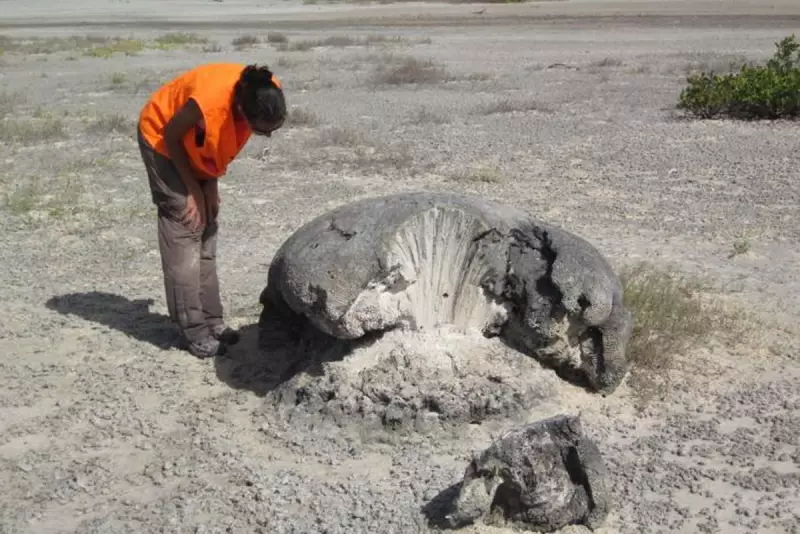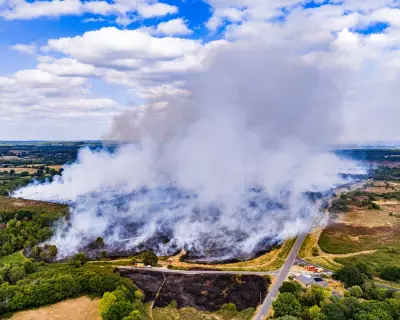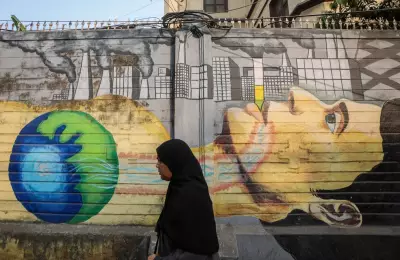
The idyllic shores of the British Virgin Islands, known for their turquoise waters and luxury resorts, could face a devastating natural threat that has remained largely overlooked until now. Groundbreaking geological research has uncovered significant tsunami risks lurking beneath the Caribbean waves.
The Hidden Danger Beneath Paradise
Scientists have identified multiple active fault lines in the region capable of generating powerful earthquakes that could trigger catastrophic tsunamis. These underwater geological features have been quietly building pressure, creating what experts describe as a "sleeping giant" of natural disaster potential.
The research reveals that the islands' geological setting makes them particularly vulnerable. Situated near complex tectonic boundaries, the region has experienced significant seismic activity throughout history, though much of it has occurred before modern record-keeping began.
Historical Evidence Points to Future Risk
Geological evidence uncovered by researchers shows clear signs of past tsunami events that have impacted the islands. Sediment cores and coastal formations tell a story of previous massive waves that reshaped the coastline, suggesting these are not isolated incidents but part of an ongoing geological pattern.
"What we're seeing in the geological record is undeniable," explained one lead researcher. "There have been multiple significant tsunami events in this region over the past few thousand years. The question isn't if another will occur, but when."
Urgent Calls for Preparedness
With tourism serving as the lifeblood of the British Virgin Islands' economy, experts are emphasizing the critical need for comprehensive disaster planning. The islands' infrastructure, including popular coastal resorts and marinas, would be particularly vulnerable to tsunami impact.
Emergency response officials are now working with scientists to develop improved warning systems and evacuation plans. The unique geography of the archipelago, with its many small islands and limited evacuation routes, presents special challenges for disaster management.
Local authorities are being urged to implement regular tsunami drills, improve public education about natural disaster risks, and ensure that critical infrastructure meets robust safety standards. The message from researchers is clear: preparation today could save countless lives tomorrow.





